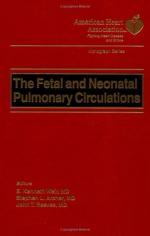|
This section contains 983 words (approx. 4 pages at 300 words per page) |

|
In human development, each limb results from a developmental field. The developmental fields are determined during gastrulation. These limb fields are established by the expression of HOX genes. The expression of the factor Tbx-5 causes the limb to develop into a hind limb, and expression of Tbx-4 causes the limb to develop into a forelimb. Beginning from the fourth week from fertilization, over a period of 25 days, a complex of genetic signals control the intricate pathways that result in a limb with the correct orientation, size, and number of digits. Limb development is a continuous process divided into four stages: the bud stage (initial outgrowth), the paddle stage (dorsoventral flattening), the plate stage (relative expansion of the distal end), and rotation stage (rotation around the proximodistal axis).
The limbs of the embryo develop from buds that protrude from...
|
This section contains 983 words (approx. 4 pages at 300 words per page) |

|


